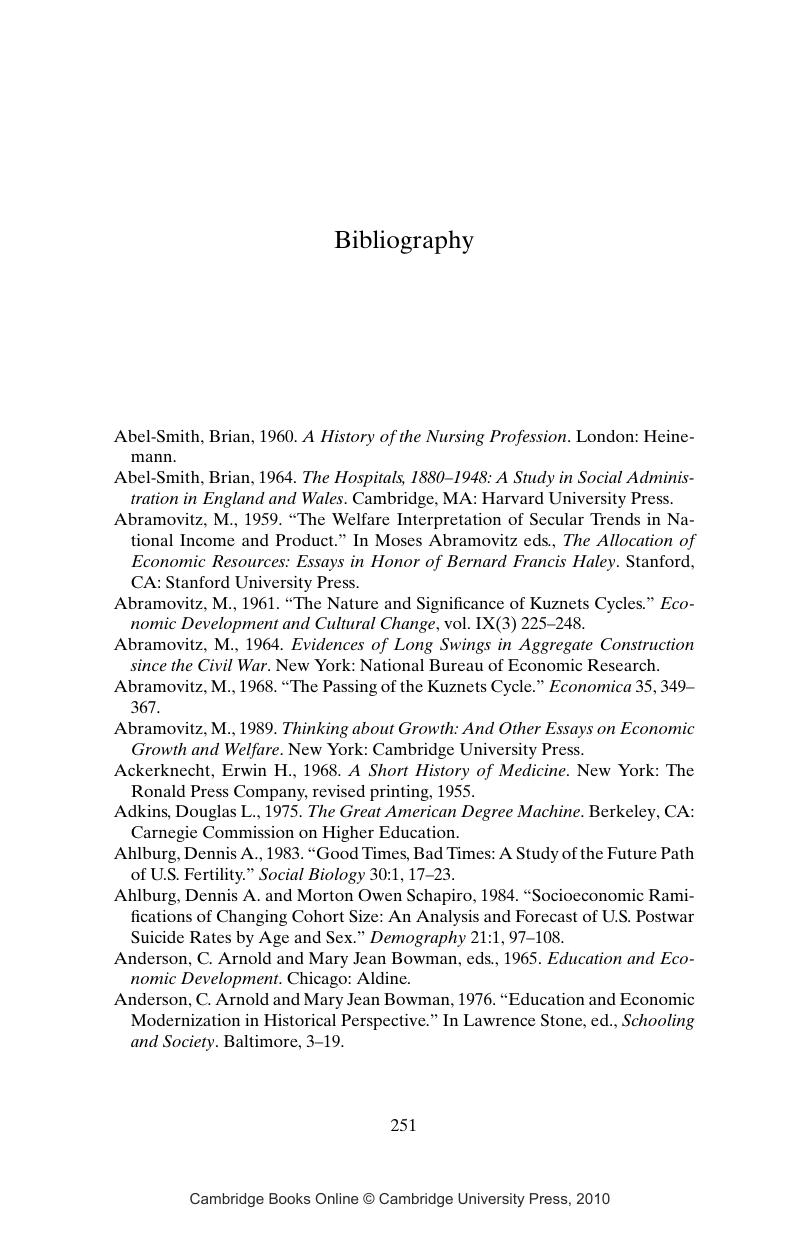Bibliography
Published online by Cambridge University Press: 03 December 2009
Summary

- Type
- Chapter
- Information
- The Reluctant EconomistPerspectives on Economics, Economic History, and Demography, pp. 251 - 278Publisher: Cambridge University PressPrint publication year: 2004



